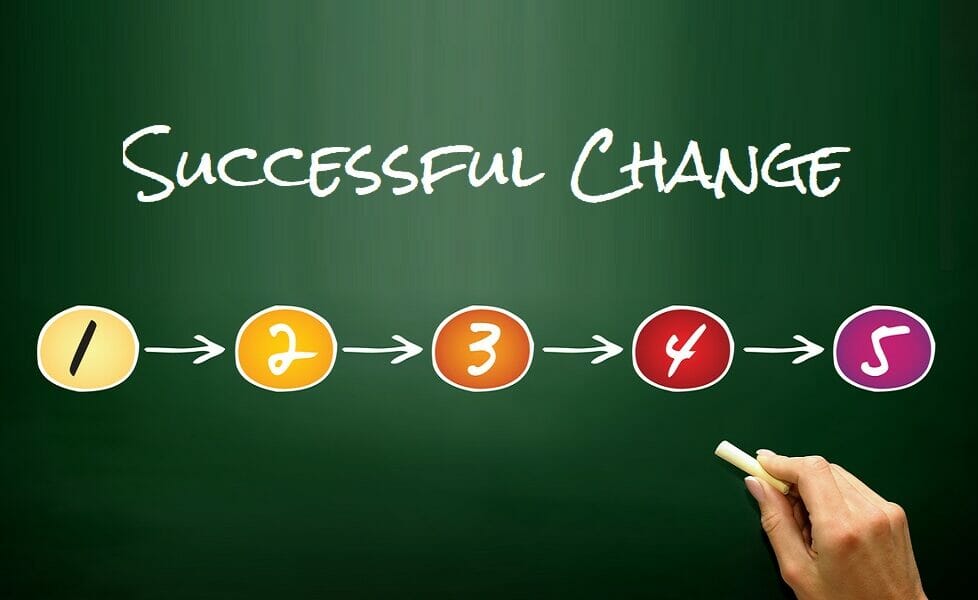5 Simple Steps To Successful Organisational Change

Organisations have a personality just like people, the problem is always unique to that particular organisation. And so of course, it follows, the solution is unique. Believe it or not, there is a simple approach to complex but successful organisational change. Combining principles of Neuro-Linguistic Programming (NLP) and Myers-Briggs Type Indicator (MBTI) coupled with systems thinking leaders can simply get to the crux of the problem and help them find organisational solutions quickly.
The approach involves 5 simple steps. The 5 step process allows leaders to look at organisational change from a number of different perspectives; zoom in and zoom out; satisfy both intuitive/visionary and auditory/sensory preferences for taking in, assimilating and communicating information. It also encourages a holistic decision-making process that embraces heart and mind, or logic and feeling preferences. By using this approach change champions utilise the whole of the brain and therefore inspire higher self leadership.
There are usually three basic directions, and it’s important to find out exactly where the organisation wants to go and how it wants to travel. It is vital to determine at the very outset the clear drivers for change.
You may find that there is a combination of ways to move forward, but asking the question in this frame helps uncover what is motivating the change and develops the basis for the next step:
There are 6 basic levels. Each level is linked to 6 logical levels of change used in NLP:
Identifying the starting level might take some time. When your starting point is level one, this point will affect all the following levels. So, for example, starting at level 4, Knowledge, skills and competencies, will mean those factors will inform lower levels. The next step is:
In addition to the logical levels above, change impacts each part of the whole. The change process must anticipate those impacts. Consultation on the detail should take place, and adjustments made. The level at which the change occurs will determine the scope and depth of the impact. Some impacts might be:
What exactly does success look like? What outcomes do you want to achieve? Ways to frame this question can be:
If the change is a one-off intervention, a programme or project approach may be beneficial. If it is more significant, then you may want to build the change into the strategic plan and build in outcomes and ownership accordingly. For a systematic approach, you need to consider the following elements to ensure success:
As you can see, successful organisational change is only as complicated as you want it to be. Keeping it simple may not satisfy the more theoretical and analytical minds around, but cutting out complexity is the surest way to get results more quickly and in a way which everyone understands.
I help leaders develop self- mastery, helping them to become confident in their own inner guidance.
I collaborate with leadership experts, managers and HR professionals to help them get their own message and unique services and products to a wide audience.
